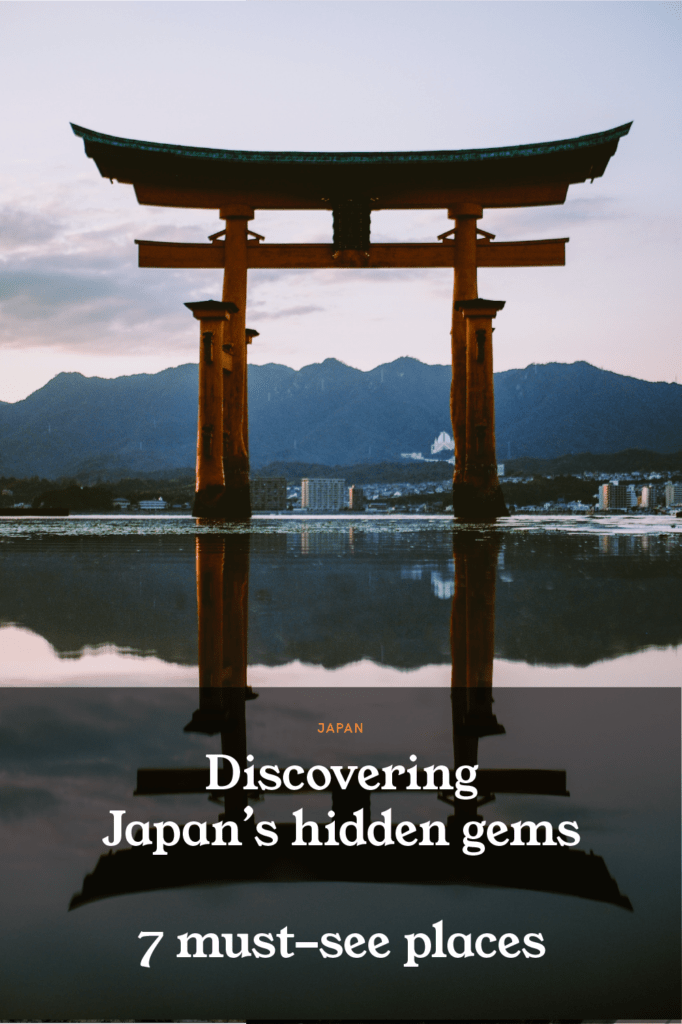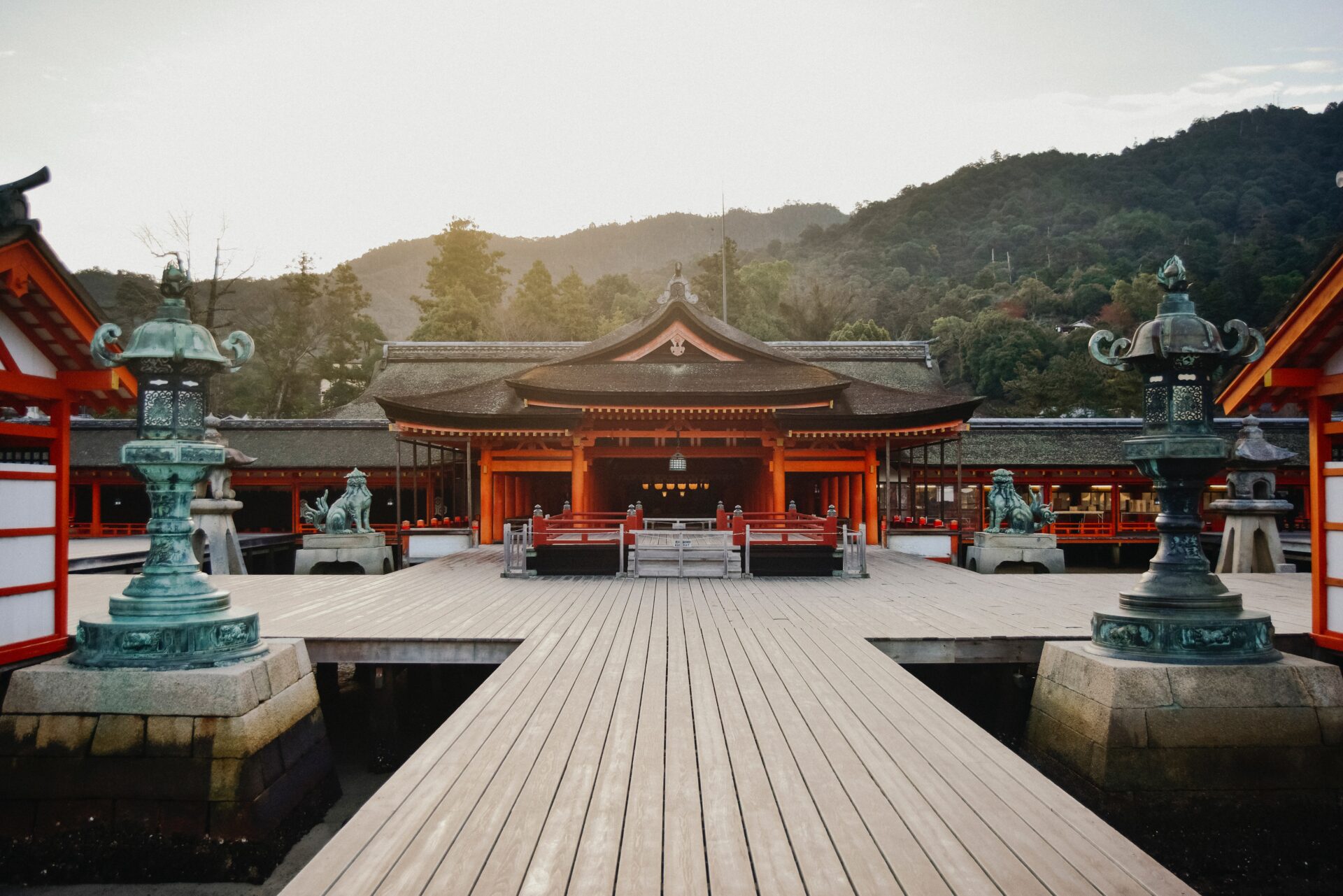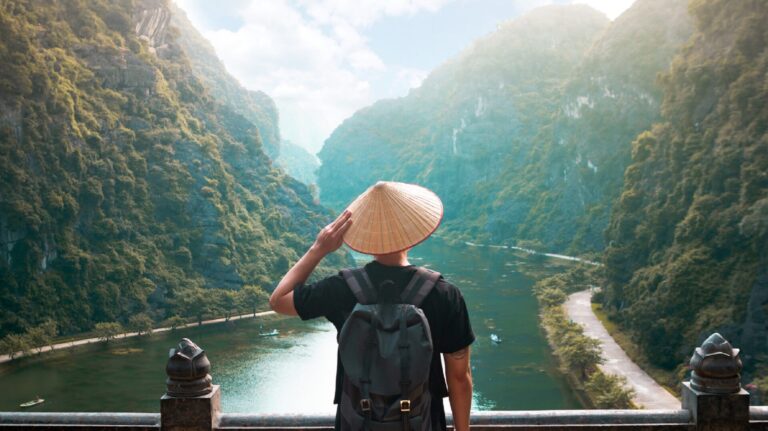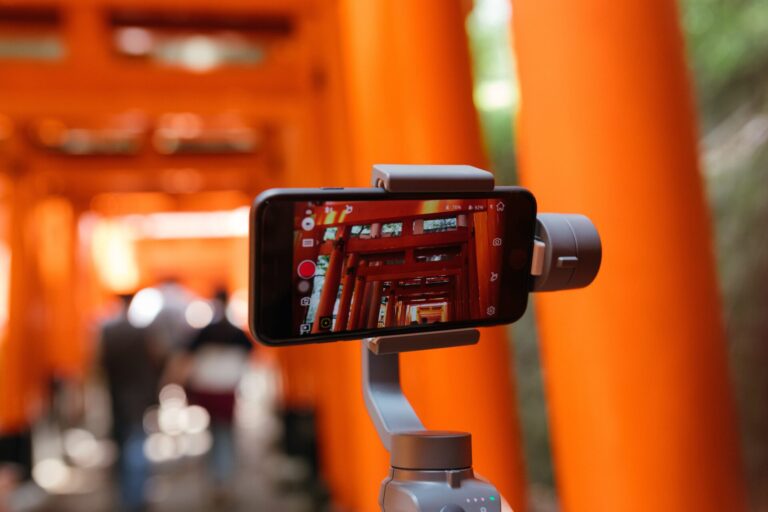Discovering Japan’s hidden gems: 7 must-see places
Japan is a country that is well-known for its iconic destinations like Tokyo and Kyoto and ancient temples like Matsumoto Castle, but it also has many hidden gems that are worth seeking out – especially when you’re visiting Japan on a budget.
As Japan has a rich history and culture, there are a lot of lesser-known places, also known as hidden gems, that offer a unique look at Japanese culture and offer a chance to get off the beaten path and experience something genuinely extraordinary – something that’s often overlooked in travel itineraries about Japan. A shame, as these hidden gems often include small villages and towns off the beaten path, hidden natural wonders, and local artisanal shops.
Page Contents
Discovering Japan’s hidden gems
Japan’s hidden gems offer a chance to experience Japan’s authentic culture and traditions, from the beautiful temples of Matsuyama to the peaceful atmosphere of Koya-san.
We listed 7 lesser-known destinations that offer a unique look at both the Japanese culture and the Japanese cuisine.
Matsuyama
Located on the island of Shikoku, Matsuyama is a city with a rich history and culture, known for its beautiful castle. It actually houses one of the few remaining original castles in Japan, as well as its many temples and shrines such as Matsuyama Castle (An original castle, built in the 17th century, with a five-story panoramic view of the city) and Ishite-ji Temple (One of the 88 temples on the Shikoku Pilgrimage, a sacred journey that is followed by many Buddhists).
Next to these ancient temples, Matsuyama also houses Matsuyama City Bungo Takumi no Sato (a museum dedicated to the traditional crafts of the Bungo region) and Dogo Onsen (A hot spring resort said to have been in operation for over 3,000 years according to the “Man’yōshū” collection of Japanese poems.) – some of Japan’s hidden gems!
Kanazawa
Located on the west coast of Japan, Kanazawa is a city famous for Kenroku-en Garden (one of the “Three Great Gardens of Japan”), as well as its many temples and shrines such as the Kanazawa Castle (The 16th century “Golden Castle,” known for its golden mythical shachihoko creature that decorates the roof to protect the castle from fire).
Other places worth visiting are the Higashi Chaya District (A preserved historical area known for its traditional wooden machiya townhouses and chaya teahouses) and the Omicho Market.
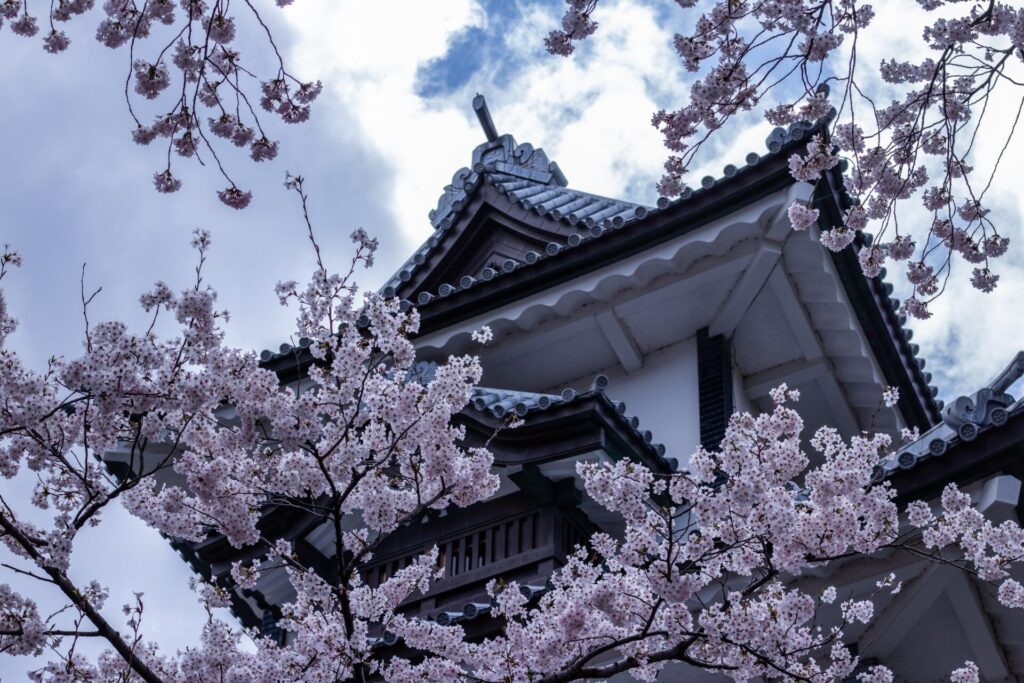
Takayama
Located in the central part of Japan, Takayama is a small city near the northern Japan Alps, known for its many well-preserved traditional houses and temples from the Edo period (17th-19th century), as well as its many festivals, including the famous Takayama Festival.
This festival, also known as the “Hida no Takayama Matsuri,” is held twice a year in April and October. During the festival, the yatai floats are paraded through the streets, accompanied by traditional music and dance. The floats are pulled by teams of men dressed in traditional Japanese clothing and followed by musicians and dancers. The festival also features a variety of other events, such as food stalls, street performances, and traditional games – making it one of Japan’s hidden gems.
Next to this festival, Takayama also has an open-air museum called Hida Folk Village, which is a collection of traditional Gassho-zukuri houses known for their thatched roofs that resemble hands joined in prayer.
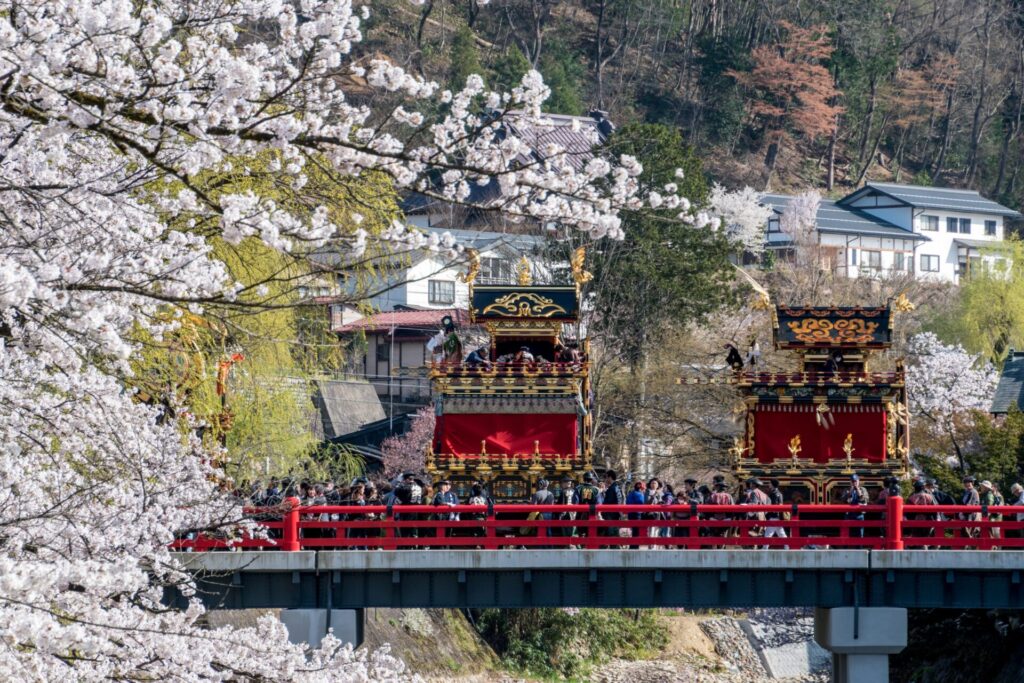
Miyajima
Located off the coast of western Japan, Miyajima is a small island known as the home to the iconic floating torii gate of Itsukushima Shrine, which is a UNESCO-recognized World Heritage Site.
This Itsukushima Shrine is known for its iconic torii gate, which appears to float on the water at high tide. The shrine is also home to several beautiful buildings and gardens, making it the city’s most popular tourist attraction.
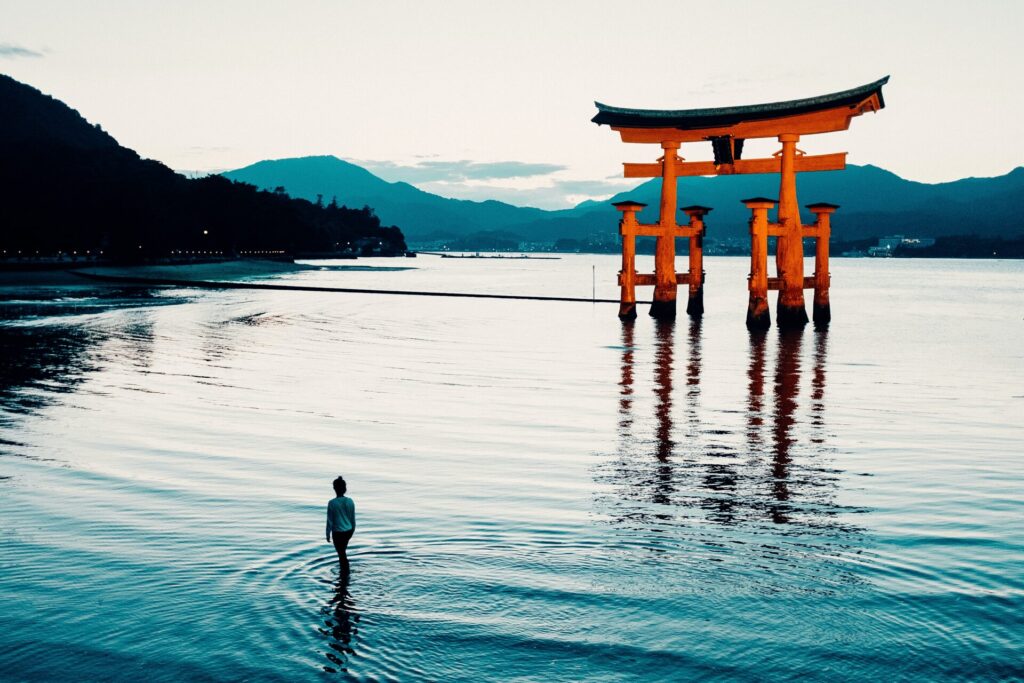
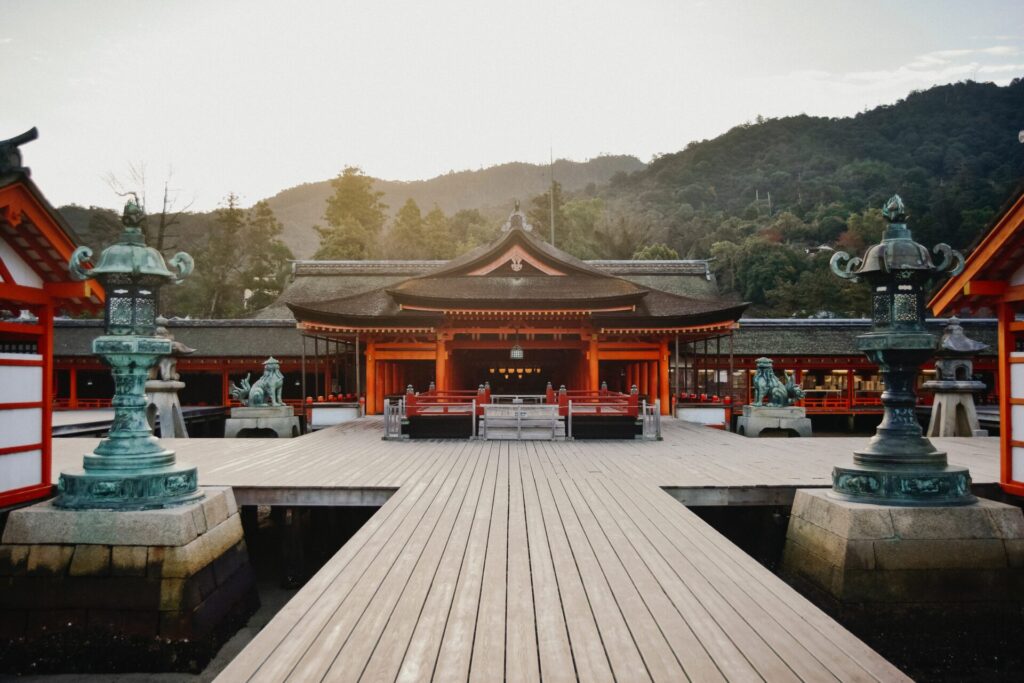
Koya-san
Located in the mountains of western Japan, Koya-san is a small town known by most tourists from the Mount Koya-san UNESCO World Heritage Site, a recognition it received in 2004 for its “Sacred Sites and Pilgrimage Routes in the Kii Mountain Range”.
The title refers to the many temples and monasteries on Mount Koya-san, as well as the pilgrimage routes that lead to the mountain, such as the traditional Shukubo lodgings for pilgrims and tourists located within the temple grounds. These offer a unique opportunity to experience the daily life of a monk and to learn about Shingon Buddhism, as its the headquarters of the Shingon sect of Buddhism in Japan where they have been teaching Buddhism for over 1,200 years.
Another impressive site to visit is the Okunoin Cemetery (the largest cemetery in Japan as it is the resting place of over 200,000 people).
Nara
Nana is a city located in central Japan, just like most of the hidden gems we’ve mentioned, has a rich history and culture. It’s known for its beautiful temples and shrines, including the iconic Todai-ji Temple located in the Nara Park. This temple is a UNESCO World Heritage Site as its the home to the Great Buddha Hall, which houses the world’s largest wooden structure: a 15-meter tall bronze statue of the Buddha.
You can find the Kasuga-taisha Shrine in the same Nara Park, surrounded by beautiful lanterns lit up during the annual Kasuga Wakamiya On-Matsuri festival.
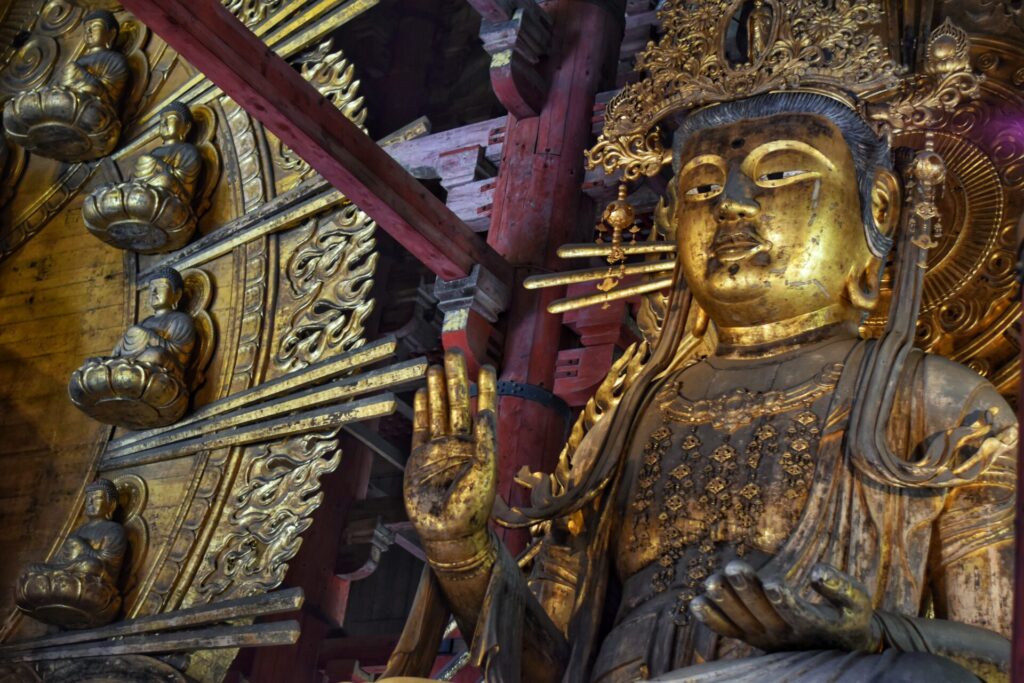
Shirakawa-go
Located in the mountains of central Japan, Shirakawa-go is a small village known for its unique thatched-roof houses. These houses, which are called gassho-zukuri, are a UNESCO World Heritage site and are a great example of traditional Japanese architecture. The authentic architecture makes Shirakawa-go one of Japan’s hidden gems.
Save for later …

